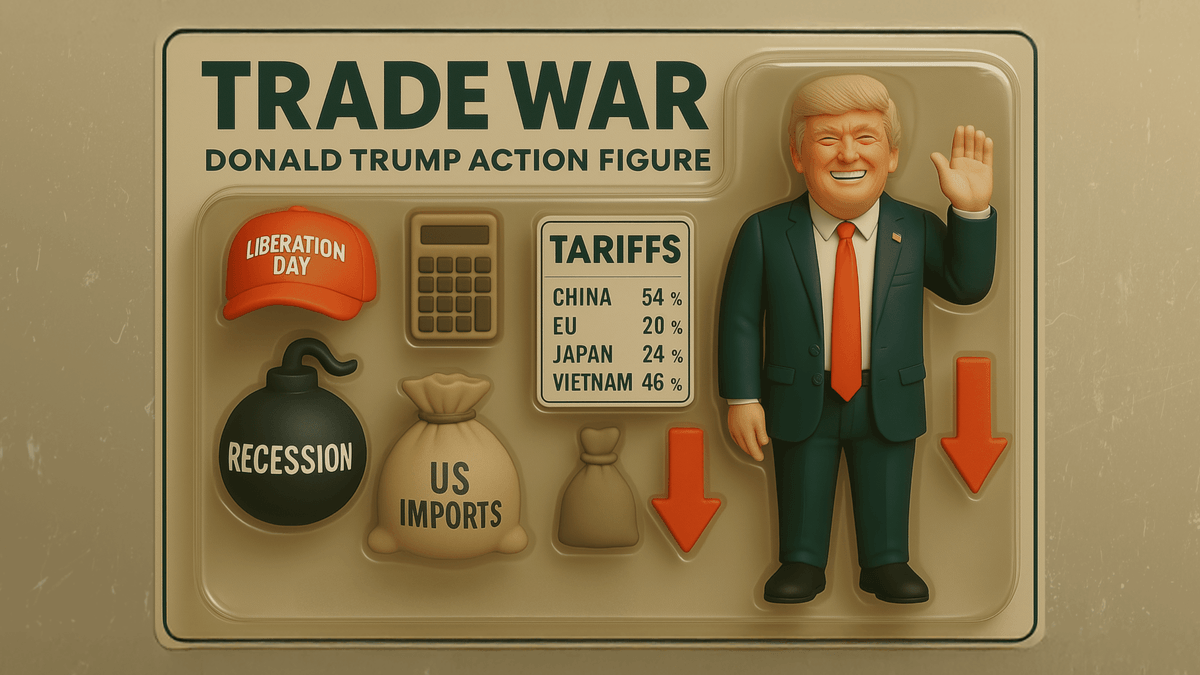
サイバーウィーク・ボナンザ
先週の主なニュースをいくつかご紹介します。
- OECDは最新の経済見通しでいくつかの警告を発しました。
- ブラックフライデーの買い物客は、米国のオンライン売上高で過去最高の98億ドルを費やしました。
- それに続き、サイバーマンデーには過去最高のオンラインショッピングが行われました。
- ECBは、ユーロ圏の銀行がストレスの初期兆候を示していると警告しました。
- ユーロ圏における企業への銀行融資は、8年ぶりに減少しました。
- 11月のユーロ圏のインフレ率は、予想を大幅に下回りました。
今週のレビューで、これらのニュースを詳しく見ていきましょう。
グローバル
OECDは今週発表された最新の経済見通しで、先進国に対して多くの警告を発しました。まず、多くの国で経済成長が勢いを失っており、2025年までは回復しないだろうと警告しました。これは、消費者の実質所得がインフレショックから回復し、中央銀行が借入コストの引き下げを開始するまでです。OECDは、世界経済の成長率が、すでに弱い2023年の2.9%から、来年はわずか2.7%に減速すると予測しており、金融危機以来、コロナパンデミックの初年度を除いて、最も低い成長率になると予測しています。OECDは、この低迷した見通しは、金融環境の引き締め、世界貿易の鈍化、企業と消費者の信頼感の低下を反映していると述べています。

第二に、OECDは、G20諸国の平均インフレ率は、2023年の6.2%から、2024年には5.8%、翌年には3.8%に緩やかに低下するだけだと警告しました。興味深いことに、OECDは、米国、ユーロ圏、英国の消費者物価指数に含まれる商品の半分以上が、依然として年間4%以上の伸びを示していると指摘しました。さらに、OECDによると、物価の根強い圧力をよりよく把握するために、変動の激しい食料品とエネルギーを除外したコアインフレは、粘着性があり、比較的高い水準にとどまっているとのことです。
第三に、これらのインフレ圧力が根強く残っているため、OECDは、FRBとECBは、投資家の予想よりも長く、金利を高く維持する必要があると予想しています。OECDは、米国の金利引き下げは2024年後半に始まり、ユーロ圏では2025年春まで始まらないと見ています。これは、市場の予想とは大きく対照的です。投資家は現在、欧州中央銀行と米連邦準備制度理事会が、それぞれ来年4月と5月に金利を引き下げると予想しています。

第四に、OECDは、多くの政府が、金利上昇に伴い債務返済コストが上昇しているため、「厳しい財政見通し」に直面していると警告しました。OECDは、多くの先進国は、公共債務の抑制に向けたより大きな努力なしには、長期的な財政の持続可能性に大きなリスクを抱えていると述べています。これは、高齢化社会からの需要に応え、気候変動への対応を資金調達するために、政府はより多くの支出を余儀なくされていることを考えると、言うは易く行うは難しです。

米国
小売業者が、年末商戦の売上高が低迷するという予測に苦しむ中、ブラックフライデーの米国のオンライン売上高は、Adobe Analyticsによると、前年比7.5%増の過去最高の98億ドルに達しました。これは、インフレの高騰が消費支出に影響を与え、小売業者が過剰な在庫を解消するために大幅な割引を提供した前年の年末商戦からの回復であり、パンデミック時代の貯蓄の減少と20年以上ぶりの高金利にもかかわらず、消費者の回復力を示しています。しかし、買い物客は依然としてコスト意識が高く、厳しい予算の中で生活しています。例えば、Adobeの調査によると、7900万ドルの売上高が、「今すぐ購入、後で支払い」(BNPL)オプションを選択した顧客によって発生しており、前年比47%増加しています。このオプションは、買い物客が通常利息なしで、時間をかけて支払いをできるようにします。

Adobe Analyticsは、小売業者にとってさらに朗報として、いわゆるサイバーマンデーのオンライン売上高は、前年比9.6%増の124億ドルに達し、過去最高を記録したと発表しました。この増加は、単に価格の上昇ではなく、新たな需要によるものです。実際、Adobeによると、インフレを調整すれば、この数字はさらに高くなっていたでしょう。しかし、ブラックフライデーと同様の傾向として、コスト意識の高い買い物客は、厳しい予算の中で生活しており、BNPLサービスに大きく依存しており、推定9億4000万ドルの売上高にこのオプションを利用しました。これは、前年比42.5%の増加です。総合的に、「サイバーウィーク」 - 木曜日の感謝祭からサイバーマンデーまでの5日間 - は、前年比7.8%増の380億ドルの売上高を記録しました。

ヨーロッパ
欧州中央銀行は、半期ごとの金融安定レビューで、ユーロ圏の銀行が、不良債権の増加を示すストレスの初期兆候を示していると警告しました。実際、企業と個人の両方で、デフォルト率が上昇し、延滞債権の割合が増加しており、後者は2022年に観測された歴史的な低水準を上回っています。
最近の欧州不動産市場の低迷により、商業用不動産会社と住宅ローンに対する融資は特にパフォーマンスが悪くなっており、このセクターにおける不良債権(NPL)が大幅に増加しています。(NPLとは、借り手が原則または利息の予定された支払いを、通常90日以上、特定の期間行わなかった融資のことです)。長期にわたる減少の後、第2四半期には、商業用不動産ローンで約25億ユーロ、消費者ローンで10億ユーロのNPLが純増しました。

さて、朗報は、ECBは、銀行システムが、強力な資本と流動性ポジションにより、この資産の質の悪化に対応できると確信していることです。ユーロ圏の銀行システムは、今年初めに、シリコンバレー銀行やクレディ・スイスなど、いくつかの米国とスイスの銀行が破綻したり、救済を必要としたりするなど、セクターが混乱した中でも、回復力を維持していました。しかし、悪いニュースは、融資のデフォルトの増加と、銀行が預金者に高い金利を転嫁するため、融資額の大幅な減少と資金調達コストの上昇が、銀行の収益性にとって大きな逆風となることです。
これは、JPモルガンストラテジストが最近、欧州銀行を空売りするよう呼びかけた理由の一部です。ストックス600銀行指数は、今年15%上昇し、地域ベンチマークの8%上昇を上回っています。しかし、JPモルガンのチームは、銀行の収益性が低下し、特にハイイールド企業、中小企業、商業用不動産にエクスポージャーを持つ貸し手にとって、信用リスクが高まるにつれて、このアウトパフォームは逆転すると予想しています。

融資額の減少と言えば、今週発表された新たなデータによると、ユーロ圏全体で企業への銀行融資は、先月、8年ぶりに減少しました。非金融法人への信用は、前年同月比で0.3%縮小し、2015年以来初めて縮小しました。一方、家計への融資は、前月の0.8%から10月には0.6%に減速し、2015年初頭、ユーロ圏が債務危機からの回復を始めたばかりの時期以来、最も低いペースとなりました。
融資の減少は、「M3」と呼ばれるマネーサプライの指標が4か月連続で減少したことに貢献し、10月は前年比で1%縮小しました。M3は、現金だけでなく、さまざまな種類の預金(満期2年まで)や現金にすぐに換金できる資金(例えば、マネーマーケットファンド)を含む、経済全体で利用可能なすべてのマネーの広範な指標です。銀行が融資を減らすと、ローンという形で流通するマネーが減ります。すると、人々や企業は、銀行に預けるマネーが減ります。そして、M3は、物理的な現金だけでなく、さまざまな種類の預金もカウントするため、融資の減少は、これらの預金の額を減らし、M3を縮小させることになります。

これはすべて、ECBが、金融政策の引き締めが意図したとおりに機能しているかどうかを評価するために、M3を注意深く監視しているため重要です。結局のところ、銀行融資とマネーサプライが縮小すると、経済活動とインフレが鈍化するはずです。インフレは、2年以上、中央銀行の目標を上回っています。したがって、最新のデータは、これらの引き締め策が実際に効果を発揮していることを示唆しています。
しかし、一部の人々は、ECBが過去1年半で金利を引き上げ過ぎたのではないかと懸念しており、融資が非常に制限的になり、景気後退につながる可能性があると懸念しています。ご存知のとおり、ヨーロッパは、米国や他の多くの国よりも、銀行融資に大きく依存しているため、ユーロ圏の成長とインフレは、信用の供給の変化に特に敏感です。実際、ユーロ圏の経済は、おそらくすでにリセッションに入っている可能性があり、前四半期比で0.1%縮小しており、アナリストは今四半期にもさらに縮小すると予想しています。

しかし、少なくともECBの金利引き上げは、インフレ抑制という意図した効果を発揮しています。その例として、ユーロ圏の消費者物価は、11月は前年比で予想を下回る2.4%上昇しました。これは、前月の2.9%上昇から大幅に減速し、2021年7月以来、最も低い上昇率です。エネルギー価格の下落、食料品とサービス価格の上昇の鈍化が、この減速の主な要因でした。しかし、変動の激しい食料品とエネルギーを除外したコアインフレでさえ、4か月連続で減速し、予想を下回る3.6%となりました。

来週
- 月曜日: ユーロ圏センチックス経済指数(12月)、米国工場受注(10月)。
- 火曜日: 米国求人・労働力回転率調査(10月)、ユーロ圏生産者物価指数(10月)。
- 水曜日: ユーロ圏小売売上高(10月)、米国貿易収支(10月)、カナダ銀行金利発表。
- 木曜日: 中国貿易収支(11月)。
- 金曜日: 中国融資成長(11月)、米国労働市場報告(11月)、日本家計支出(10月)。
- 土曜日: 中国インフレ(11月)。









一般的な免責事項
この市場リサーチで掲載されている情報およびデータは、Darqube Ltdの市場調査部門によって作成されています。当社の調査部門の出版物およびレポートは、情報提供を目的として提供されています。市場データや数字は目安であり、Darqube Ltdは金融商品の取引を行っておらず、投資の推奨や決定を提供するものではありません。このレポートに含まれる情報と分析は、当社の調査部門が客観的かつ透明性があり、信頼性があると考えている情報源を基に作成しております。
参考になりましたか?
いいえ
まあまあ
良い




%2FfPNTehGpuD8BdwDeEEbTF2.png&w=1200&q=100)
%2FgRTFfWwPmcWyE8PFfywB82.png&w=1200&q=100)

%2FAD2MfhoJXohkTgrZ5YjADV.png&w=1200&q=100)

%2FjjqkumDfGjhNxroL253Hc4.png&w=1200&q=100)

